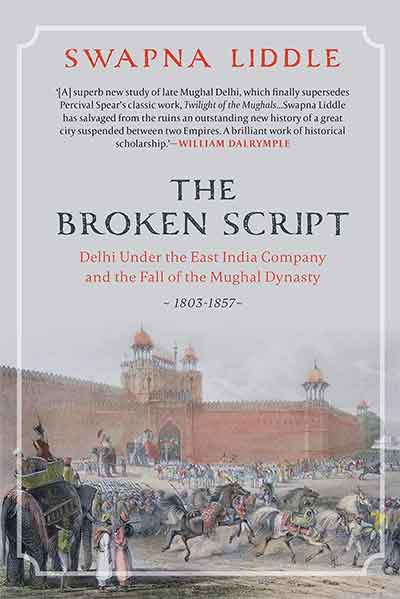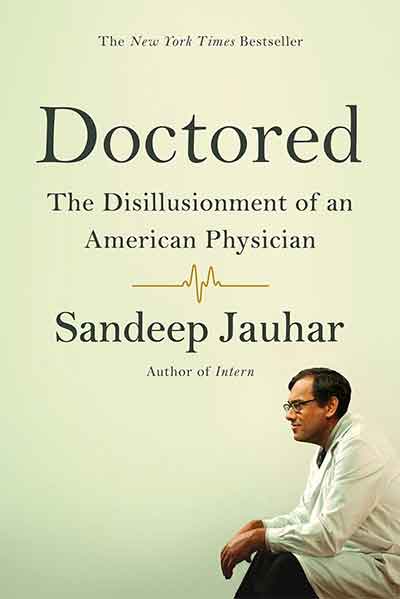Swapna Liddle is not only a very good scholar of the history of Delhi, she is a very good communicator both in her writing and in speaking, one can understand so much from her whether it is about the changes to the Central vista in Delhi or the 1857 rebellion or the walks through historic areas of the capital.
In Mumbai recently, she gave a talk on the Delhi renaissance , the Bengal renaissance is well known but Delhi renaissance is not much talked about. She pointed out that even before the British took over Delhi there was a prosperous literary culture which is well known but less known is that there was some progress in science and maths and though there were not many big centres of learning, there was a good system of Ustad and Shagird like the Guru Shishya parampara through which knowledge was imparted.
 In Mumbai she made an interesting point which many of us do not realise and that is that Delhi has hardly any 19th century monuments to speak of while Mumbai is full of them. So she spent four hours walking in Mumbai looking at the 19th century structures. Indeed most outstanding monuments of Delhi are either of 20th century which came up with the shifting of the capital from Calcutta to Delhi or of several centuries earlier.
In Mumbai she made an interesting point which many of us do not realise and that is that Delhi has hardly any 19th century monuments to speak of while Mumbai is full of them. So she spent four hours walking in Mumbai looking at the 19th century structures. Indeed most outstanding monuments of Delhi are either of 20th century which came up with the shifting of the capital from Calcutta to Delhi or of several centuries earlier.
I also had occasion to listen to her at a recent conference on archives in Bikaner where she made the point that when the British destroyed so many Mughal monuments around the Red Fort allegedly for security reasons, they also destroyed so many historic records.
That seems so sad for a nation that took such pains to preserve its own official history through the archives it created in England and the colonies.
Her new book contains some very interesting insights. Among these is the fear of the upper class Muslims in Delhi to the entry of the armed lower class, often dark skinned rebels who swarmed the capital. A very good reflection on the class character of the period.
The exploitation by the British of the poor knew no bounds. She narrates a cultural show organised by Begum Samru for an invited British audience in which a British official encounters a poor wretch on the road and he is so disappointed that there is no way of extracting anything from him, he cuts his hair and puts it into his pocket.
The last emperor Bahadur Shah Zaffar could not afford to ignore the sentiments of Hindu soldiers so he ordered the kotwal to keep a watch on all Muslims who owned cows and ensure that they were not killed in sacrifice for Id.
In the British army the Hindu soldiers came mainly from the upper castes, Brahmins and Rajputs and the Mughals also ensured that their force included the upper class Syeds and Pathans. When Bahadur Shah wanted to raise a special force, he ordered that it should not comprise of men of Neech Quaum.
In that context the recruitment of the `untouchable’ Mahars in the British force in the battle of 1818 that brought down the Peshwa rule is significant. That victory in Bhima Koregaon near Pune is annually celebrated by Ambedkarites. The distrubances that accompanied the celebration in 2018 led to a major political controversy over what is seen as the wrongful arrest of some intellectuals on charges of being Maoists.
Swapna does not mention this as it is not within the scope of the book but the caste angle is so important and I mentioned it.
Back too the book. As the blurb puts about the story – At the start of the nineteenth century, there was a Mughal emperor on the throne in Delhi, but the Mughal empire, in decline for almost a century, was practically gone. A new power had emerged—the British East India Company, which captured the Mughal capital in September 1803, becoming its de facto ruler. Swapna Liddle’s book is an unprecedented study of the ‘hybrid half-century’ that followed—when the two regimes overlapped and Delhi was at the cusp of modernity, changing in profound ways.
With a ground-level view of the workings of early British rule in India, The Broken Script describes in rich detail the complex tussle between the last two Mughal emperors and the East India Company, one wielding considerable symbolic authority, and the other a fast-growing military and political power. It is, above all, the story of the people of Delhi in this period, some already well known, such as the poet Ghalib, and others, like the mathematician Ram Chander, who are largely forgotten: the cultural and intellectual elite, business magnates, the old landed nobility and the exotic new ruling class—the British. Through them, it looks at the economic, social and cultural climate that evolved over six decades. It examines the great flowering of poetry in Urdu, even as attempts to use the language for scientific education faltered; the fascinating history of the Delhi College, and how it represented a radically new model for higher education in India; the rise of modern journalism in Urdu, and various printing presses and publications, exemplified by papers like the Dehli Urdu Akhbar; and the founding of remarkable institutions like the Archeological Society—all of which point to a fast-modernizing society that was being shaped to a significant extent by Western ideas and institutions, but was also rooted strongly in indigenous systems of thought and learning.
The Revolt of 1857 and its aftermath violently disrupted this distinctive modernity. The book draws upon a variety of records—including Urdu poetry written after the revolt was brutally suppressed, proceedings of the trials conducted by the British, private letters and newspaper reports—for a nuanced examination of the events of 1857, challenging many commonly held and often simplistic assumptions. In the process, it details not only the destruction wreaked upon Delhi, but also strategies for survival and early attempts to rebuild and revive individual lives and institutions.
It is interesting to see that while the British used so much violence in the battle for power in India, the Indians treated them so peacefully when the British finally surrendered power in 1947 but the British did not go without inflicting violence on the people in another way, indirectly, through the partition. It had not even dawned on them that there would be so much bloodshed despite such a long record of wielding power and with all the means at their command.
One of the most engrossing accounts of India’s freedom comes from the acclaimed book Freedom at Midnight and interestingly the book came out coinciding with another landmark which we seldom take into account in relation to the book.
As a fine review in the New York Times pointed out -No worse luck could have befallen a book recalling the deeply moving story of India’s achievement of freedom from an outside ruler than for it to make its appearance so soon after that freedom had suddenly and brutally been destroyed from within. There is a very cruel irony in this that no one could have possibly foreseen.
It is probably too soon to say that India’s democracy died untimely in its 28th year. It is also dearly too late to hope that it can survive and grow uncrippled, because what happened to Mrs. Gandhi’s India between the conception of this book and its birth would have rocked even the most mature political society, and India’s was always fragile and insecure. Overnight “Freedom at Midnight,” which should have been a salutation, turned into a requiem.
All this gives an especial poignancy, and perhaps even importance, to the hook in question, whose very title now has unintentionally sad undertones of mockery. Those of us who have been ineradicably involved in India for generations—including the very period this hook defines—must now read it less critically than nostalgically, as though that Midnight of 1947 had been a century ago. Indeed to me, who personally shared that moment of hope, it almost seems as though that were so.
However, this is a book and not a lament. The celebrated and successful double‐act of Larry Collins and Dominique Lapierre, historians‐in‐ordinary to the 20th century, who have already encapsulated (far from the right word) the liberation of Paris and the siege of Jerusalem, have now, in the publisher’s words, “re‐created the tumultuous days in which a subcontinent and its 400,000,000 people became free, only to find that the price of their freedom was partition, war, riots, and murder.
Vidyadhar Date is a senior journalist, culture critic and author of a book on public transport















































